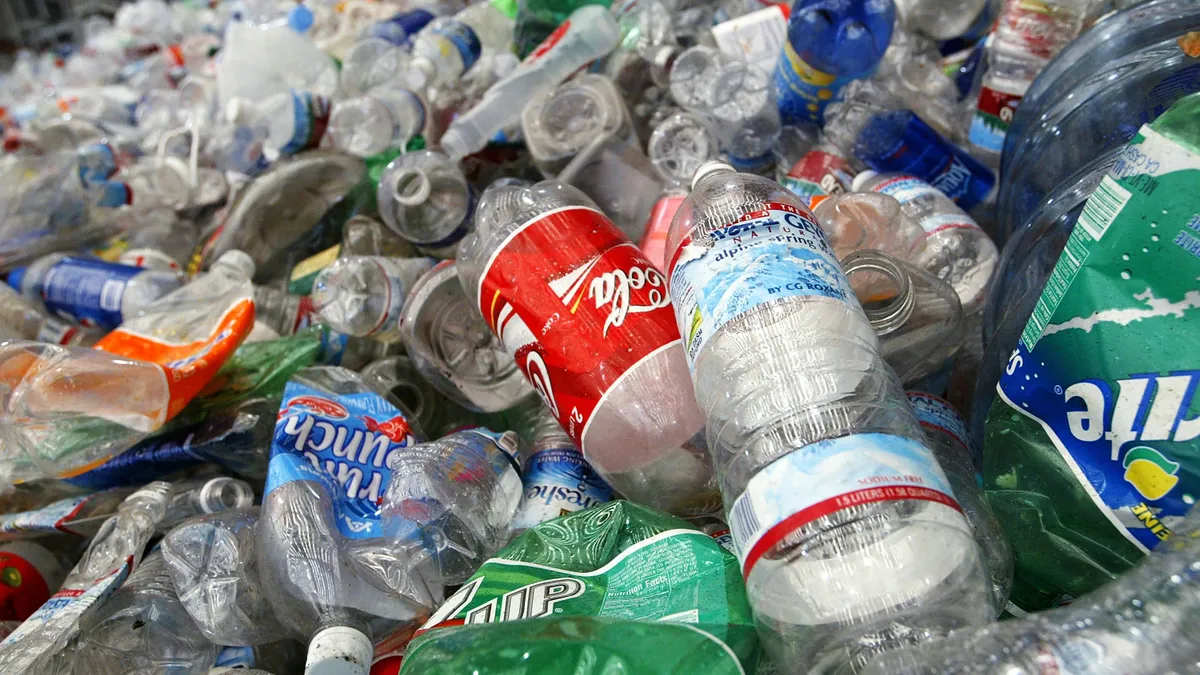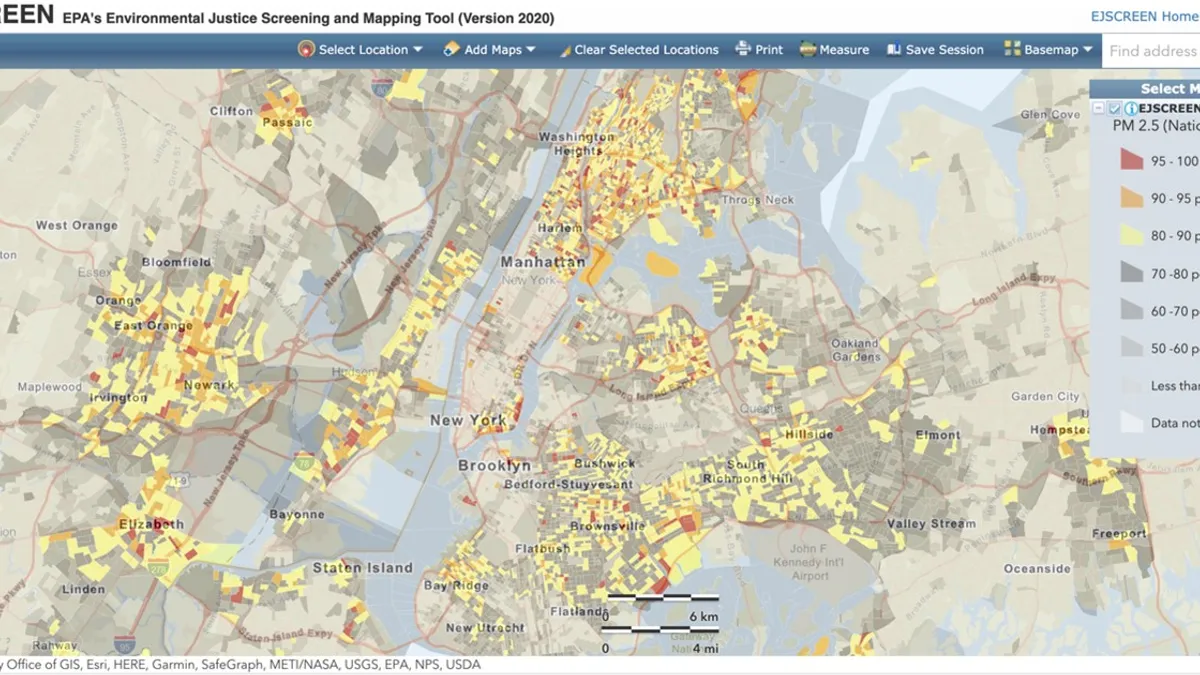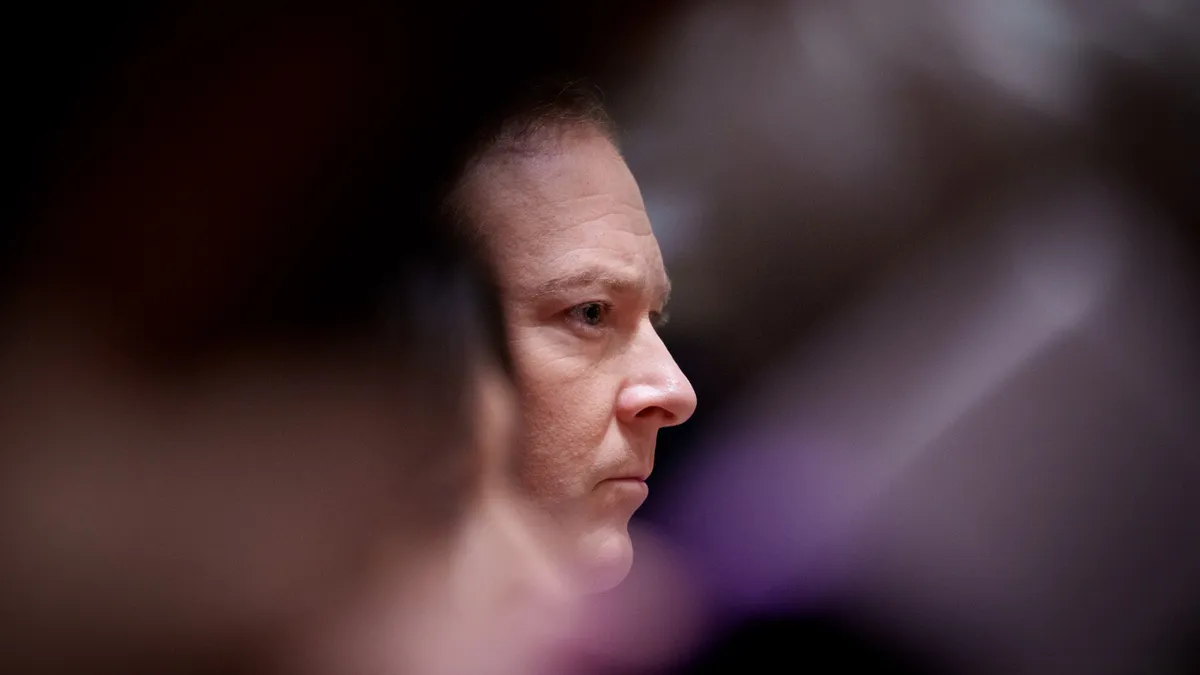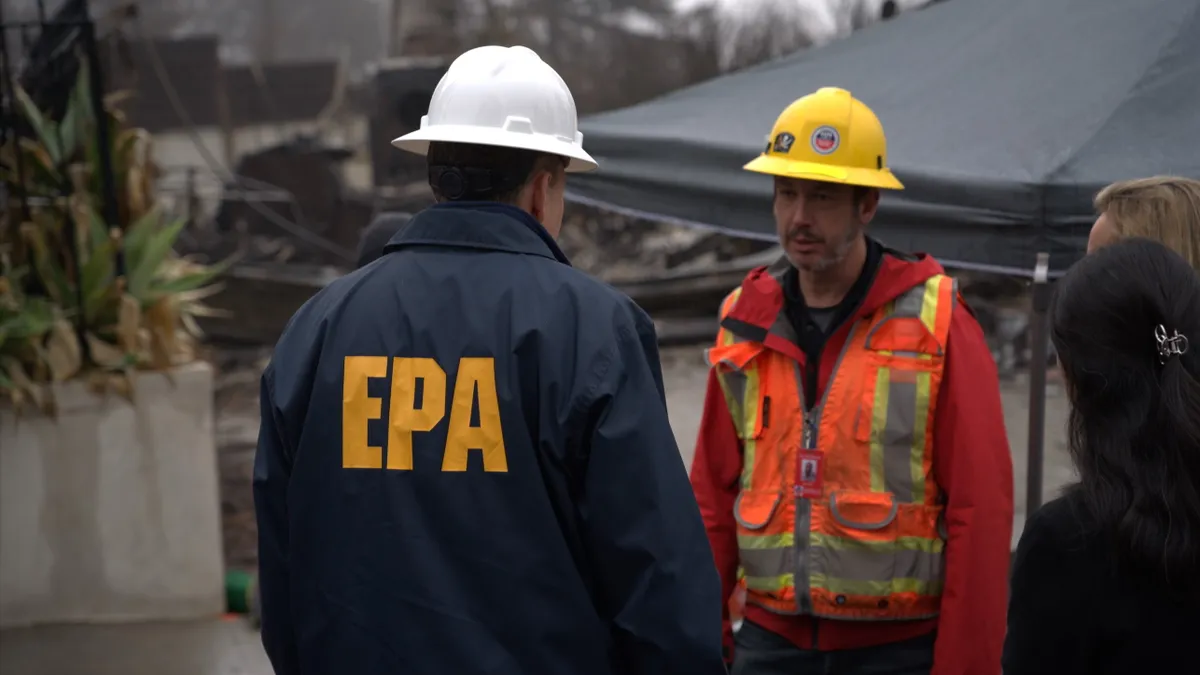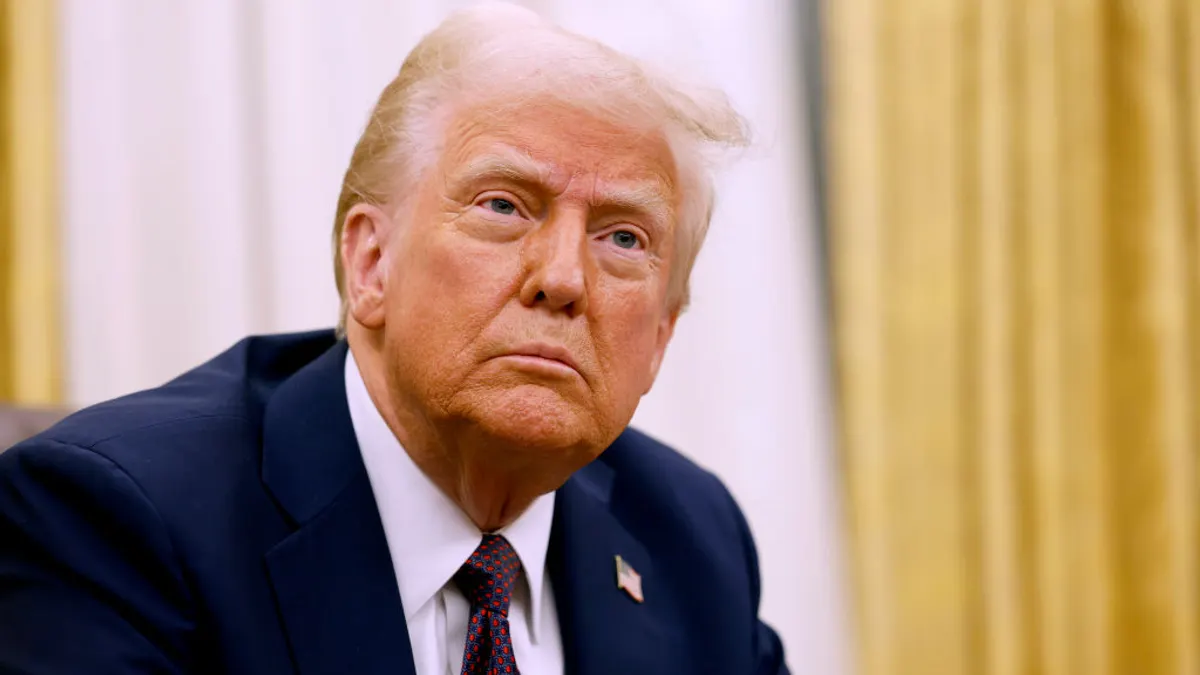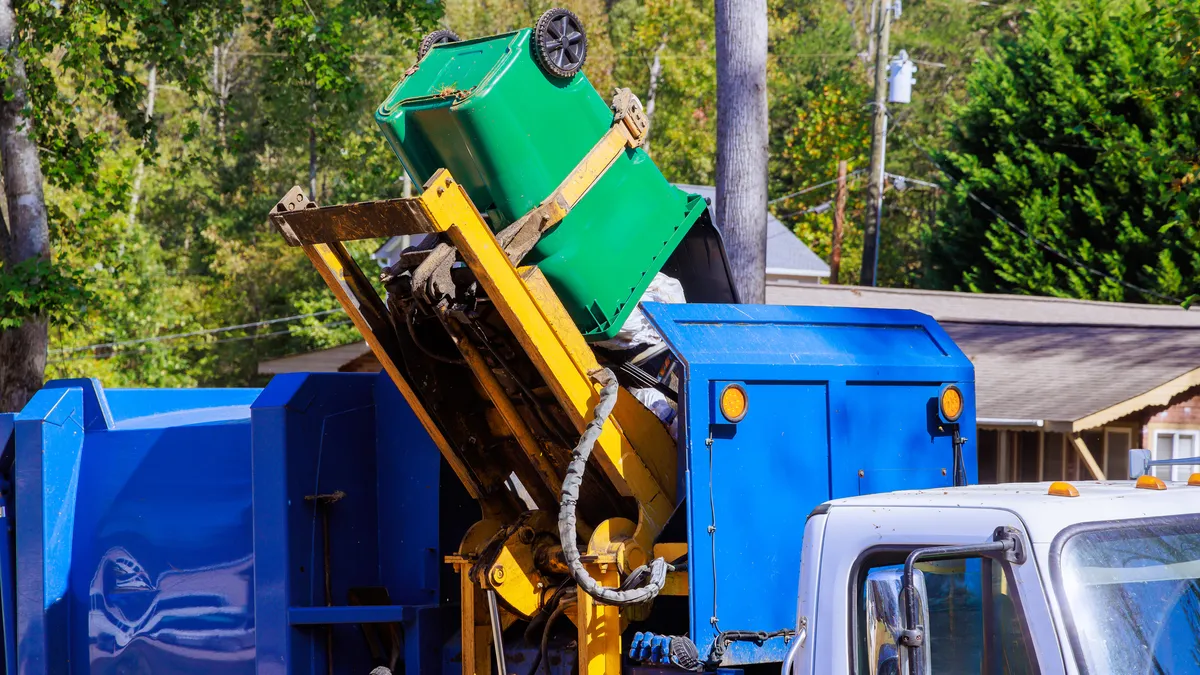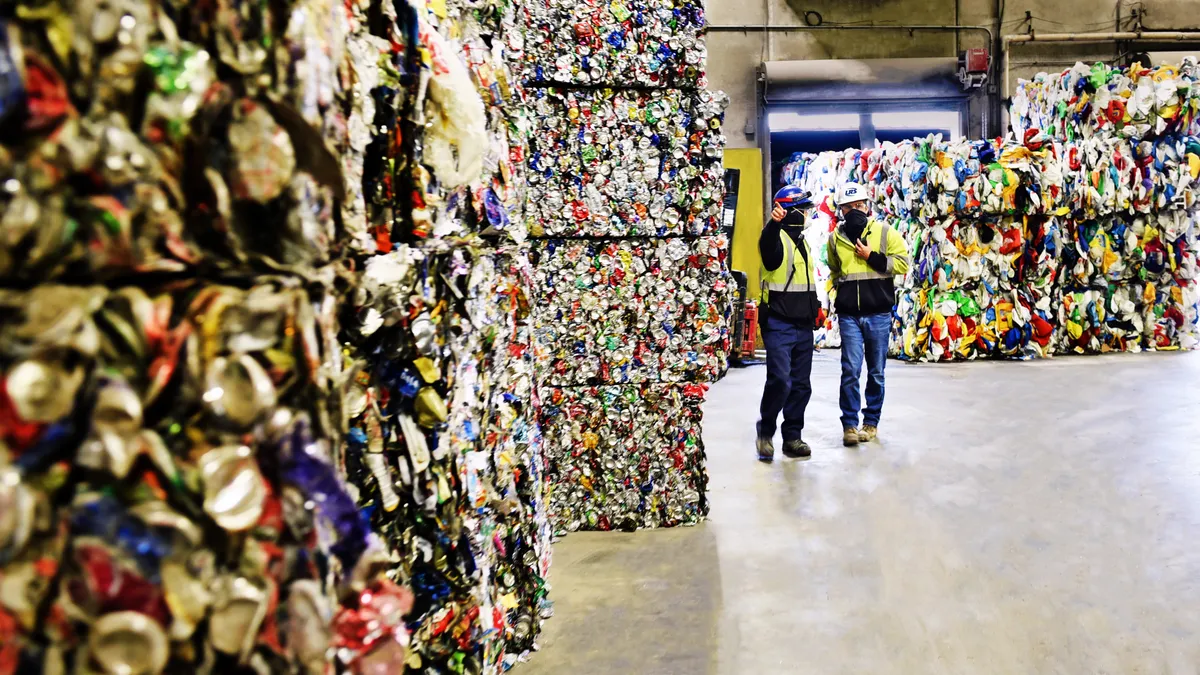The past few years have seen numerous brands, organizations and governments set ambitious recycling goals. Participants at last week's Plastics Recycling Conference said such goals could either serve as critical guideposts for lasting change, or fizzle out as unenforceable and ineffective.
Speakers discussed the opportunity, attainability and pitfalls of the industry’s numerous goals to use more recycled plastic in packaging, make packaging more recyclable and reduce overall waste or greenhouse gas emissions. Some goals are coming up as early as 2025, prompting participants to wonder whether the entities setting them can make measurable progress in time. Others expressed skepticism that these goals won’t make much of an impact without proper incentives or mandates.
Here are some of the strategies participants think could help keep ambitious recycling targets on track.
The role of voluntary brand commitments
One key discussion centered around the debate over voluntary brand goals. Craig Cookson, senior director of recycling and recovery for the American Chemistry Council, highlighted examples of plastic producers with goals to increase recycled resin use. LyondellBasell has plans to produce 2 million metric tons of either recycled plastics or renewable based plastics per year by 2030, while Americas Styrenics pledges that by 2030, 25% of the plastics it produces for packaging and food service will include recycled content.
Matthew Marks, senior sustainability specialist at SABIC, touted his company’s target of reducing greenhouse gas emissions and energy use 25% by 2025. Part of that process is offering more types of recycled resin, such as a grade of 30% recycled content polyethylene he says helps reduce the energy consumption needed for manufacturing by 30% and the carbon dioxide footprint by 25%.
Cookson said over 400 resin producers and brand owners have made some kind of global commitment, using guidelines from the Ellen MacArthur Foundation, to make packaging more recyclable and include higher levels of recycled content. In 2018, a group of U.S. resin producers led by ACC announced all plastic packaging they produce should be recycled or recovered by 2040, a goal he says aligns with initiatives from trade group PlasticsEurope.
Voluntary brand commitments are a critical piece of creating a strong circular economy for plastics, Cookson said. He attributed increased interest in such goals to pressure from consumers who have become more educated in the past few years about the effects plastic has on the environment. Tightened trade restrictions from China have also spurred domestic recycling changes, he said, and brands want to be part of the process by recycling higher volumes of plastic within the United States.
Finding appropriate enforcement measures
Voluntary recycling commitments from brands are at an all-time high, panelists said, but some in the industry have met these announcements with skepticism. Kate Bailey, policy and research director at Eco-Cycle, said voluntary commitments without measurable, enforceable follow-through won’t make a dent in the country’s goals.
“We've had those types of discussions for 20 years with different types of [post-consumer resin] goals and how to improve recycling, and we still have a pretty subpar system,” she said. Despite several brands announcing their commitment to using more recycled PET, for example, Bailey expressed frustration that her organization's Colorado MRF struggled to move PET last year, “even though it is one of the most recyclable plastics in so many ways.”
Bailey said newly-introduced state recycling bills can help keep both recyclers and brand owners accountable, especially policies that are "coupled with a strong minimum recycled content standard built in bills help address supply and demand simultaneously," she said.
Several U.S. states have expressed a growing interest in passing forms of extended producer responsibility (EPR) legislation for managing packaging. Bailey said this could be a tool to help drive better recycling rates and incentivize brands to include more recycled content in their packaging, especially in states where proposed legislation includes eco-modulation provisions. Eco-modulation, which charges producers higher rates when they create packaging that is harder to recycle, could also be effective in driving better packaging design made with more recycled content, she said.
“One disappointing facet of EPR so far in countries across the world is that there is not as much impact on product design as I would like to see in terms of making things more compatible for increasing recycled content," said Bailey.
Policies that can help plastics producers and consumers meet their circular economy goals while also helping them meet their business goals is critical, but ACC believes it’s up to everyone in the value chain to drive demand for recycled content.
“At the end of the day, the decisions about what material to use is between the brand owner, their supplier and their customers, so they're going to use material that works for the market into which they're trying to sell," said Cookson.
Ramping up national action through legislation
Another avenue for speeding up recycling goals is through national strategies, speakers said. The U.S. EPA has a goal to increase the national recycling rate to 50% by 2030, which Cookson said is an encouraging sign that recycling standards could become more streamlined and help recyclers, governments and resin producers get on the same page. “Right now we have 9,000 communities doing 9,000 different things,” he said. The recycling rate in 2019 was about 32%, according to the EPA.
More work needs to be done to push that rate higher, said Nina Butler, CEO of Stina. Although more plastic is being recycled today than 10 years ago, plastic recycling rates dropped slightly in 2019. The recycling rate for PET, for example, was 29.9%, down 2.2% from the previous year. At the same time, virgin resin production grew. That's a difference of about 40 million pounds of PET, she said.
"We'll need more action to close this delta," said Butler, adding the industry has put significant investment into recycling infrastructure and expansion, "so I am really optimistic we are going to close the gap, but ... as we look at closing that gap, we need to obviously create more demand."
Bailey pointed out that the Break Free From Plastic Pollution Act, which calls for 65% reused or recycled content minimums by 2027, could be a significant market driver. "I think national PCR standards are much easier to administer and easier for companies to comply with at a national level,” she said.
Cookson, however, said other recently-introduced federal legislation, such as the infrastructure-focused RECOVER Act and the education-focused RECYCLE Act, could be more beneficial for improving recycling nationwide.
During a separate session, Rep. Haley Stevens of Michigan touted the upcoming reintroduction of her Plastic Waste Reduction and Recycling Act. The bill aims to invest in plastic waste reduction and recycling research, develop a national strategic plan for plastic waste reduction, and lead to the development of standards for plastics recycling technologies. Stevens aims to reintroduce it sometime in April.
“The legislation is really utilizing and catalyzing our federal government to achieve greater recycling, and inspire local actors as well as consumers," she said.
Syncing national and global goals
During a panel discussion on global goal-setting, speakers discussed the importance of aligning ambitious local recycling targets with international ones so “they are walking in the same direction globally,” said Thais Vojvodic, Plastics Pact network manager for the Ellen MacArthur Foundation.
The Plastics Pact is a global network of recycling and reduction initiatives with country-specific teams in places like Chile, Portugal, South Africa, Poland, the United States and others. In 2020, participating companies were able to grow the amount of recycled content used in packaging by 22% over 2019 levels, and more companies are disclosing their packaging disposal volumes publicly, “so we are having more transparency and data that we never had before, on a global scale,” Vojvodic said.
At the same time, much more needs to be done in order to meet country-specific goals set for 2025 and beyond, she said. Items on the to-do list are to increase the amount of reusable packaging and decrease the amount that is considered non-recyclable. Globally, about 36% of packaging cannot be recycled, she said.
The U.S. Plastics Pact set aggressive goals they plan to reach by 2025, including making all plastic packaging 100% reusable, recyclable or compostable, said executive director Emily Tipaldo. The pact also aims to recycle or compost 50% of plastic packaging by that same date, as well as ensure packaging has at least 30% recycled or bio-based content.
“Yes, 2025 is very aggressive. I don't think there's any doubt in that,” she said, adding that a fast-paced timeline is needed to show the pact’s signatories, known as “activators,” are serious about making change. Although participation is voluntary, Tipaldo said the pact’s participants agree to an annual reporting requirement, where they publicly track their progress toward the pact’s goals. “As far as I know, there aren’t other voluntary initiatives that bring that into it,” she said.



